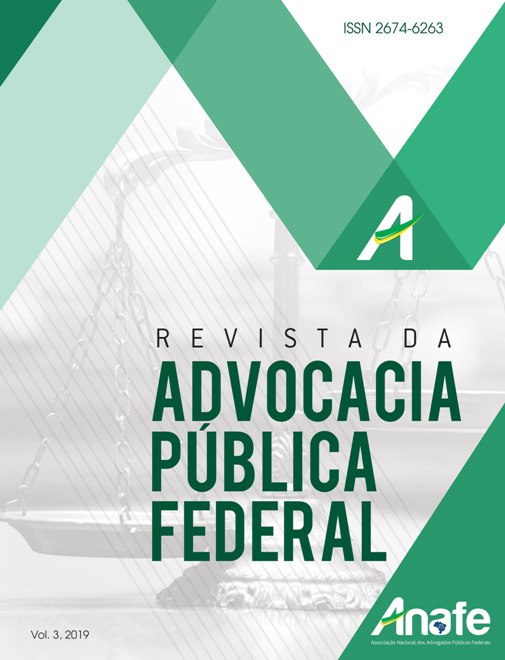ETNOGRAFIA CONSTITUCIONAL: UMA INTRODUÇÃO
Resumo
Quando o famoso paleontólogo Stephen Jay Gould foi diagnosticado com uma forma rara de câncer, ele foi informado por seu médico de que tinha oito meses para viver. Mas, sendo um cientista que compreendia estatísticas, ele percebeu que o médico estava lhe dizendo a tendência central de uma distribuição, ao invés de uma previsão individualizada da trajetória de sua vida individual. Ele, como ser humano, não se importava com taxas agregadas de mortalidade, mas com o que iria acontecer a ele. Queria saber o que poderia fazer concretamente para aumentar sua probabilidade de viver mais. Para isso, as estatísticas gerais não foram particularmente úteis, porque indicaram apenas uma simples correlação entre a data do diagnóstico e a data da morte. Elas não disseram nada sobre todos os demais fatores que permitiriam que algum caso específico aparecesse na longa linha de distribuição da mortalidade, que é onde um indivíduo em particular gostaria de estar.
Referências
ARON, Raymond. ([1965] 1990). Democracy and Totalitarianism. Repr. Ann Arbor: Univ. of Michigan Press.
BAGEHOT, Walter. (1993). The English Constitution. Repr. London: Fontana Press (Orig. pub. 1867, 1872).
CARTWRIGHT, Nancy. (1983). How the Laws of Physics Lie. Oxford, UK: Clarendon Press. CICOUREL, Aaron. (1967). The Social Organization of Juvenile Justice. New York: Wiley.
COMAROFF, John, & Jean Comaroff. (1992). Ethnography and the Historical Imagination. Boulder: Westview Press.
______. (2003). Ethnography on an Awkward Scale: Postcolonial Anthropology and the Violence of Abstraction. 4 Ethnography 147–79.
DIRKS, Nicholas. (2002). Castes of Mind: Colonialism and the Making of Modern India. Prince- ton: Princeton Univ. Press.
DUNN, Stephen. (2002). Prefatory Note. Cancer Guide, http://www.cancerguide.org/ median_ not_msg.html. Accessed: february 19, 2004).
DURKHEIM, Emile. ([1893] 1984). The Division of Labor in Society. Translated by W. D. Halls. Repr. New York: Free Press.
FOUCAULT, Michel. (1997). ‘Society Must Be Defended: Lectures at the Colle`ge de France 1975- 1976. Translated by David Macey. New York: Picador/St. Martin’s Press.
FRIEDRICH, Carl J. (1957). Constitutional Reason of State: The Survival of the Constitutional Order. Providence: Brown Univ. Press.
GEERTZ, Clifford. (1971). Thick Description: Toward an Interpretive Theory of Culture. In: C. Geertz, The Interpretation of Cultures. New York: Basic Books.
GOLDSTEIN, Leslie Friedman. (2004). From Democracy to Juristocracy. Law & Society Review, vol. 38, n. 3, set.,.
GOULD, Stephen Jay. (1991). ‘The Median Isn’t the Message. In: Bully for Brontosaurus: Reflec- tions in Natural History. New York: Norton.
GUARNERI, Carlo, & Patrizia Pederzoli. (2002). The Power of Judges: A Comparative Study of Courts and Democracy. Oxford: Oxford Univ. Press.
HIRSCHL, Ran. (2004). Toward Juristocracy: The Origins and Consequences of the New Consti- tutionalism. Cambridge: Harvard Univ. Press.
KENNEDY, Ellen. (2004). Constitutional Failure: Schmitt in Weimar. Durham: Duke Univ. Press.
KRITZER, Herbert. (2002). Stories from the Field: Collecting Data Outside Over There. In: J. Starr & M. Goodale, eds., Practicing Ethnography in Law: New Dialogues, Enduring Methods. New York: Palgrave Macmillan.
MAINE, Henry Sumner. ([1861] 1986). Ancient Law. Repr. New York: Dorset Press.
MARCUS, George, & Michael Fisher. (1986). Anthropology as Cultural Critique: An Experimental Moment in the Human Sciences. Chicago: Univ. of Chicago Press.
MERRY, Sally Engle. (2000). Colonizing Hawai’i: The Cultural Power of Law. Princeton: Princ- eton Univ. Press.
______. (2002). Ethnography in the Archives. In: J. Starr & M. Goodale, eds., Practicing Ethnog- raphy in Law: New Dialogues, Enduring Methods. New York: Palgrave Mac- millan.
MOMMSEN, Wolfgang. (1984). Max Weber and German Politics 1980–1920. Translated by Mi- chael S. Steinberg. Chicago: Univ. of Chicago Press.
MONTESQUIEU, Charles de Secondat. ([1748] 1989). The Spirit of the Laws. Edited and trans- lated by Anne M. Cohen, Basia Carolyn Miller, & Harold Samuel Stone. Repr. Cambridge: Cam- bridge Univ. Press.
ROSSITER, Clinton L. (1948). Constitutional Dictatorship: Crisis Government in Modern Democ- racies. Princeton: Princeton Univ. Press.
SCHEPPELE, Kim Lane (2003) ‘‘The Agendas of Comparative Constitutionalism,’’ 13 Law and Courts 5–23 (http://www.law.nyu.edu/lawcourts/pubs/newsletter/spring03.pdf). Stone
SWEET, Alec. (2000). Governing With Judges: Constitutional Politics in Europe. Oxford: Oxford Univ. Press.
WEBER, Max. ([1906] 1995). ‘Russia’s Transition to Pseudo-Constitutionalism. In: Max We- ber, The Russian Revolutions. Translated and edited by Gordon C. Wells & Peter Baehr. Repr. Ithaca: Cornell Univ. Press.
______. ([1925] 1968). Economy and Law (The Sociology of Law). In: G Roth & C. Wittich, eds., Economy and Society. Translated by E. Shils (1956). Repr. Berkeley: Univ. of California Press.
WILLIS, Paul, & Mats Trondman. (2000). Manifesto for Ethnography. 1 Ethnography 5–16.
Publicado
Como Citar
Edição
Seção
Copyright (c) 2019 Revista da Advocacia Pública Federal

Este trabalho está licensiado sob uma licença Creative Commons Attribution-NonCommercial-NoDerivatives 4.0 International License.
Autores que publicam nesta revista concordam com os seguintes termos:
- Autores mantêm os direitos autorais e concedem à Revista da Advocacia Pública Federal o direito de primeira publicação, com o trabalho simultaneamente licenciado sob a Licença Creative Commons Attribution que permite o compartilhamento do trabalho com reconhecimento da autoria e publicação inicial neste periódico.
- Autores têm autorização para assumir contratos adicionais separadamente, para distribuição não-exclusiva da versão do trabalho publicada nesta revista (ex.: publicar em repositório institucional ou como capítulo de livro), com reconhecimento de autoria e publicação inicial nesta revista.
- A Revista da Advocacia Pública Federal adota a Licença Creative Commons, CC BY-NC (atribuição não comercial). Com essa licença é permitido acessar, baixar (download), copiar, imprimir, compartilhar, reutilizar e distribuir os artigos, desde que para uso não comercial e com a citação da fonte, conferindo os devidos créditos de autoria e menção à Revista da Advocacia Pública Federal.








